Kunti Valmiki struggles to make ends meet. The harvest is over and there is no work. But she has to feed her two children. Her husband died of tuberculosis when she was expecting her second child.
“Being Dalits, nobody employs us,” says Kunti. “My husband cleaned toilets and swept the roads. But he developed breathing problems and took ill. We had no money for his treatment,” says the woman.
Kunti, who resides in a Chandpur village in northern Haryana’s Faridabad district, says her brother, who was helping her, also succumbed to tuberculosis recently.
Lajwanti Devi, a neighbor of Kunti, also lost her husband, who used to work at a brick kiln, when the children were still toddlers. The 65-year-old widow has been working hard to make ends meet.
When Lajwanti’s sons grew up, she thought of quitting her job. But the money they earned was not enough because the younger son was often sick. Two years after the husband’s death, the elder son died.
The life expectancy of Adivasis (Indigenous People in India) and Dalits is significantly lower than upper caste Hindus, reveals a recent study.
In comparison with upper caste Hindus, the life expectancy of Adivasis is four years lower, Dalit’s life expectancy is three years lower, while the life expectancy of Muslims is about a year lower.
Life expectancy differentials along the lines of caste, religion, and social status were investigated by a study, published in the United States journal “Proceedings of the National Academy of Sciences.”
It used the Annual Health Survey data from the Indian states of Assam, Bihar, Chhattisgarh, Jharkhand, Madhya Pradesh, Odisha, Rajasthan and Uttar Pradesh, representing 20 million individuals from four million households.
Another study based on the National Health Family Survey, finds the gap in life expectancy between upper castes and scheduled caste men, between 1997-2000 and 2103-2016, increasing from 4.6 years to 6.1 years.
Research studies suggest that life expectancy varies with different social characteristics, caste, religion, and region.
The difference in life expectancy between social groups holds across almost all regions, except the northeast of the country. It is the only region where scheduled tribes enjoy a higher social status and have higher life expectancy than upper castes.
Father Nicholas Barla, secretary of the Office for Tribal Affairs of the Catholic Bishops’ Conference of India, says adult mortality risks could be a result of chronic diseases or malnutrition in childhood.
In the past, the Indigenous People lived in forests and survived on their produce. The grew fruits and grains. With the onslaught of “development” and commerce, the tribals lost their lands.
Farm produce are now laced with pesticide and fertilizers. Everybody consumes it. The poor, however, are most affected because they do not have the money for treatment when they get sick.
They also become victims of climate change because they don’t have the luxury of air coolers during summer or heaters and geysers to beat the freezing cold.
Father Vincent Ekka, a researcher at the Indian Social Institute in Delhi, said the lower caste are the “marginalized who live amidst squalor in slums.”
They do not have safe drinking water, toilets, and proper accommodation, and are more vulnerable to disease.
The increasing socioeconomic inequality and poor access to health care over the years have led to poor health outcomes among population subgroups.
Research studies show that men have shorter lifespan than women. This is because men largely consume tobacco or intoxicants like alcohol, spurious ones that come cheap, and drugs.
“These invariably cut short their life,” says Father Ekka.
In Jharkhand and other northeast states, rice beer is brewed, and for quick fermentation, urea is added and the rice beer is prepared in two to three days.
Although women are living longer, they have higher morbidity and disability at later ages, the study finds.
The gap between upper caste men and Muslim men rose sharply from 0.3 years in the period 1997-2000 to 2.6 years between 2013-16.
In the case of Muslim women, it climbed from 2.1 to 2.8 years in the same period, according to India’s National Health Family Survey.
The reason for the shorter life span of Muslims is the rampant discrimination, says Professor Akhtarul Wassey, former vice chancelor at Maulana Azad University in Jodhpur, Rajasthan.
He said lower castes all get reservations in jobs and higher education while Muslims have no such reservation, resulting in “extreme discrimination.”
Courtesy: LiCAS







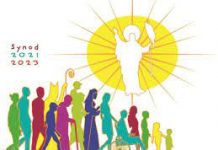

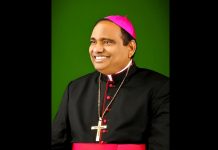




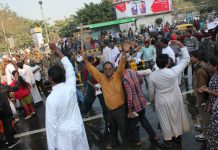



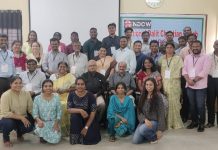
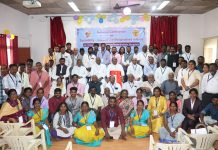



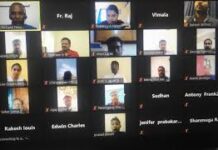













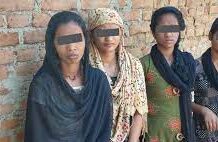
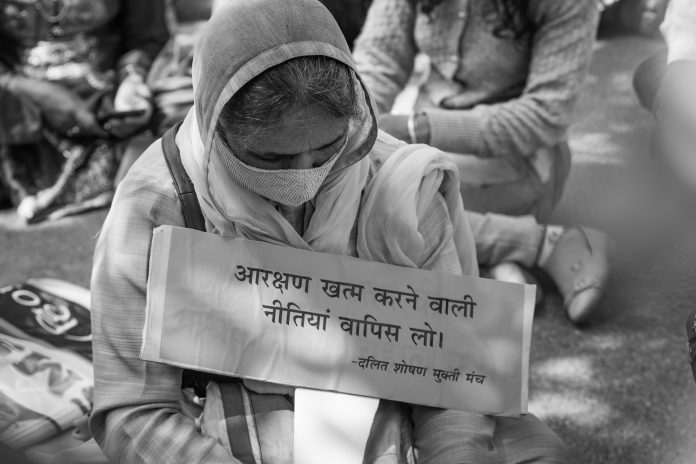









Heart wrenching story.